Distance runners can use a heart rate monitor to effectively train for long-distance races. In this post, I’ll give you the best reasons why you should start training with a heart rate monitor. To begin, you’ll need two very important items to assist you in this journey:
- A heart rate monitor you can trust. While new Garmin watches, like my 235, have a sensor on the underside of their watches, I strongly suggest purchasing a chest strap for a more accurate read. Can you train just using the watch’s heart rate function? Sure. But your heart rate is probably best measured closest to your heart.
- A verified test to determine your maximum heart rate. This test is usually performed on a treadmill, but may also be done on a track. Back in college, I was tested and my max heart rate was 198. Heart rate is totally individualized – my heart rate has NOTHING to do with what yours might be. You can find labs that will put you on a treadmill to find your maximum heart rate.
*Disclosure: There are affiliate links present – which means if you buy something with that link, I make a small commission.

What Affects Your Heart Rate
There are a few factors – external and internally – that can alter your heart rate. Here is a short list of some factors that come into play when training via heart rate:
Negatively Affects Heart Rate
- Altitude/elevation
- Training fatigue
- Heat
- Humidity
- Lack of sleep
- Dehydration
Positively Affects Heart Rate
- Being well-rested
- Adequately hydrated
- Being in shape
- Low heat/low humidity
- Proper training
Why Train with a Heart Rate Monitor
Why do you need a heart rate monitor and why is your maximum heart rate important? Simple: the heart rate monitor tracks what your heart is doing and knowing your max heart rate allows you to train within heart rate zones.

Again, this should go without saying, but you cannot accurately train using your heart rate without knowing your maximum heart rate and then using appropriate training zones to train for your desired running event.
Here’s a quick list of what you need to remember before you start training via heart rate:
- The biggest myth is determining your maximum heart rate by subtracting your age from 220.
- Your training paces will increase based on your fitness level
- Every run you do is based on effort – the effort of your heart. So if you are fatigued, your heart rate will let you know and you’ll run slower on that day.
- You train at speeds/paces that your heart rate tells you you can train at. An easy run suggests you train at 65-79% of your maximum heart rate. Your pace might fluctuate 30 seconds to a minute per mile. If you are tired, your heart rate will be higher and your pace will be slower.
- You can cheat your heart rate [run faster than your HR suggests], but you’ll pay for it eventually.
The 6 Benefits to Heart Rate Training
Your Training Paces
Your training paces will be set/determined for you based on your current fitness and the “strength” of your heart. If you are in shape, your heart will function more optimally – meaning it will require fewer beats to pump more oxygen-rich blood through your body. Out of shape? Your heart will require more beats to pump that same oxygen-rich blood.
Pace Increases
As you get in better shape (day by day of running in your correct zones), your easy running pace will get faster. If your easy runs were at a 9-minute pace with a heart rate of 150, for example, after consistent training, your pace will improve while your heart rate will stay at 150.

Find (and stay in) Training Zones
Before you train with a heart rate monitor, you’d more than likely look at your watch and check the pace you’re running and adjust – you’d either run faster, run slower, or you’d be right on. When you train based on your heart rate, you now need to look at your heart rate and adjust based on what your heart rate is telling you: speed up, slow down or stay right where you are. The information you get is instantaneous and effort-based, with your heart rate being the guide that tells you how you’re doing.
With heart rate training, you look what your heart rate is telling you and you run based on that information. The fitter you get, the stronger your heart will get and the less work it will require to pump oxygen and blood through your body.
Training Program
The actual training using a heart rate monitor is the same. You’d still be prescribed a tempo run or 400 repeats. Using a heart rate monitor, the fastest you can/should go is determined by your heart. If your HR says you are at the upper limit of your tempo zone, that’s as fast as you can go – regardless of what the pace is. Remember that outside factors play a role in your heart rate [weather, terrain, elevation, sleep & diet for example].
A tempo run done at 3,000 feet of elevation, temps in the 80s with high humidity will present a higher heart rate (and therefore a slower pace), while under different conditions, a similar tempo run at 100 feet of elevation, temperatures in the 50s with no humidity will require much less work/effort for your heart rate and therefore you’ll be able to run much faster.
This is why professional athletes who live and train at high altitudes “come down” to lower sea levels to do specific speed workouts. It’s because they can run faster at the lower elevations.
Staying in your heart rate zone will ensure you are training at the appropriate effort level and pace. Regardless of what your pace says, you train based on your heart rate and the respective zones.

Guess Work is Gone
That’s right – the guesswork is gone. You no longer need to know what pace you should run. Your main goal is to get your heart rate into its right zone and stay there for as long as you can. Running repeat miles? Awesome. Get your heart rate up into the zone it’s supposed to be in and keep it there.
Will your first mile be easier than your last? Yes.
Will your paces stay the same? Maybe not.
This is because as you tire, your body will require more energy to do the same amount of work. This will put more strain on your heart, which will make it beat more. BUT – this is how you get stronger and fitter! As long as you are staying in the zone you’re supposed to be in, this will boost your performance.
Outside Factors
Your heart is a very sensitive organ. It knows and can detect when you are tired. It will show up in the form of higher beats per minute. Similarly, a bad diet (long term, but also short term) will keep your heart rate beating at a slightly faster rate. Both of these factors are things that YOU can control.
What you can’t control are factors like weather (extreme heat, humidity, extreme cold), elevation, and terrain (hills, grass, trails). Training in less-than-ideal conditions shouldn’t be eliminated, they should be accounted for. When all factors are made equal, the racing performances will be there.
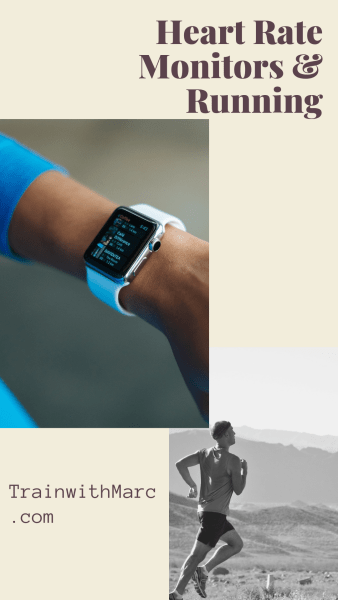
Summary
Training for a distance race using a heart rate monitor can be very beneficial to runners who are seeking an alternative to the traditional run-by-pace training typically laid out by most coaches. Heart rate training is very effective at determining the appropriate paces that runners can/must train at to improve running (and racing) performances.
There are, of course, outside factors that play a roll in your heart rate, but once those are accounted for, training is very much the same as “traditional” running. For example, instead of running repeats at an 8-minute pace, you might be given run 5 x 800 @ threshold. The difference becomes instead of running based on the pace, you run based off of your current/real-time heart rate and the appropriate zone you’re supposed to be in for threshold workouts.
As you get in better shape, your resting heart rate will be lower and your heart will require less energy to pump blood through your body at every given speed. What used to take 175 beats per minute to run at a 7-minute pace, now only requires 170 beats for the same pace. Training based on heart rate allows you to run a smidge faster to keep at your same 175 beats per minute! Your heart has demonstrated that you can do more work and you are ultimately a faster runner – getting more bang for your buck.
Heart rate training allows for various conditions and can help you from overtraining! Read about HR training on the #trainwithmarc blog!
Tweet
Articles to further assist you in your HR training journey:
Did you find this article helpful? Let me know by leaving a comment below or join the conversation on Twitter, Instagram or Facebook.
Thanks for reading until the end! Ready for more?
Want my weekly running newsletter?
- Follow these tips to get a better sleep rating
- As a distance runner, we can't ALWAYS be in LSD mode
- Anyone have plans this Sunday? How 'bout an easy 10?
Ready to Shop Small & Local?
Check out TrainwithMarc’s online store and get ready for your new training cycle!
Looking for running resources?
Find me on social media!
Searching for a running coach? TrainwithMarc has flexible schedules, dynamic plans, and access to a coach who’s worked with every type of runner.
TrainwithMarc will design a training plan based on your needs, running history, and your goals.
Gear I Love
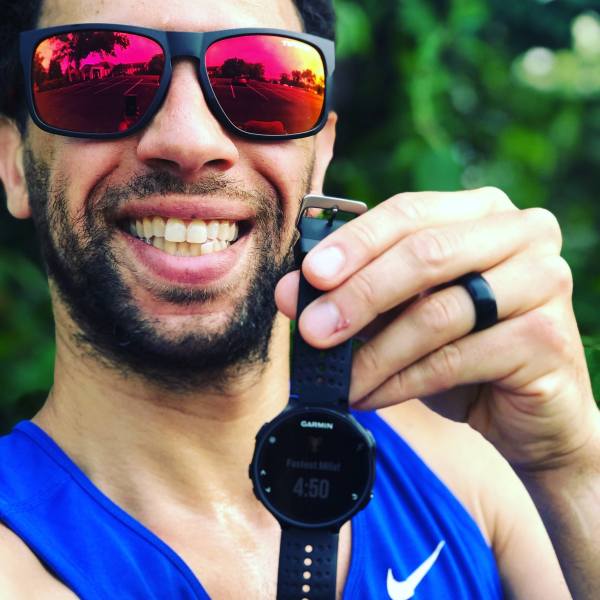
My Favorite RUNNING gear from Amazon ⬇️
Feetures socks: https://amzn.to/36gNRjU
Tifosi Sunglasses: https://amzn.to/349OuJx
Garmin 235: https://amzn.to/2YgXJ9M
Garmin heart rate monitor: https://amzn.to/2JUun8a
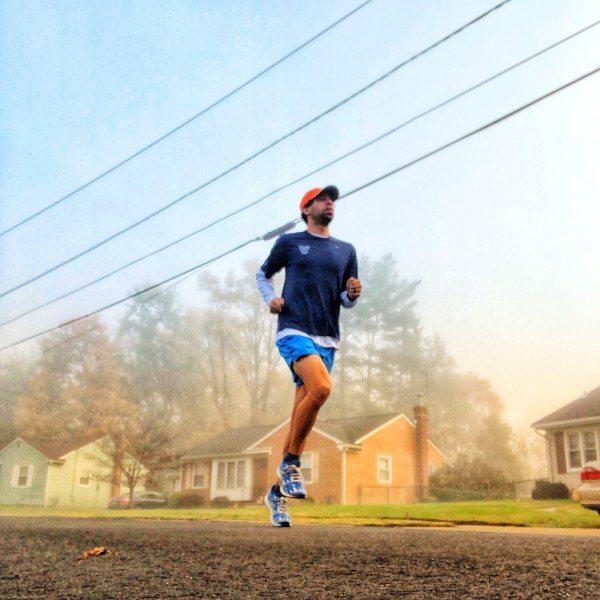
Current Running Shoes ⬇️
Brooks Levitate: https://amzn.to/2GazmUh
Brooks Revel: https://amzn.to/3ndnwcO
Nike Pegasus: https://amzn.to/36htGlX

Running Recovery Gear I use daily from Amazon ⬇️
Sonic X Percussion Massage Gun: https://amzn.to/2S87qTt
Foam Roller: https://amzn.to/2MzrAly
CEP Compression socks: https://amzn.to/30gZLGY
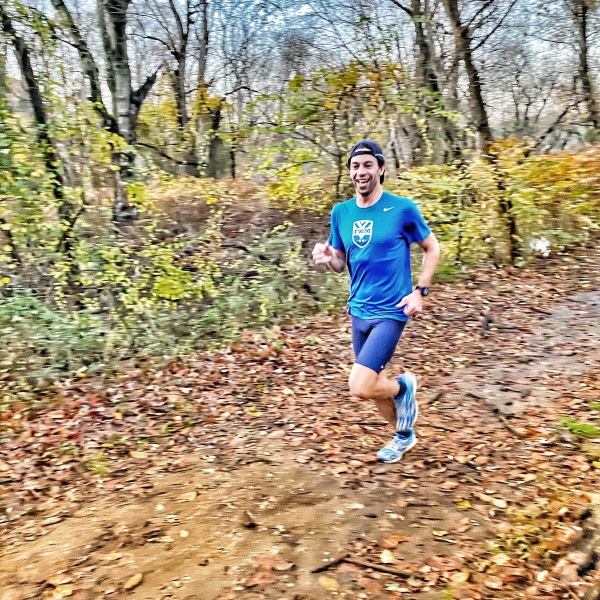
TrainwithMarc’s Social Media links ⬇️
Website: trainwithmarc.com
Instagram: @TrainwithMarc_LLC
Twitter: @marcpelerin
Facebook: @TrainWithMarc
TikTok: @Run_Coach_Marc
Venmo: @marcpelerin












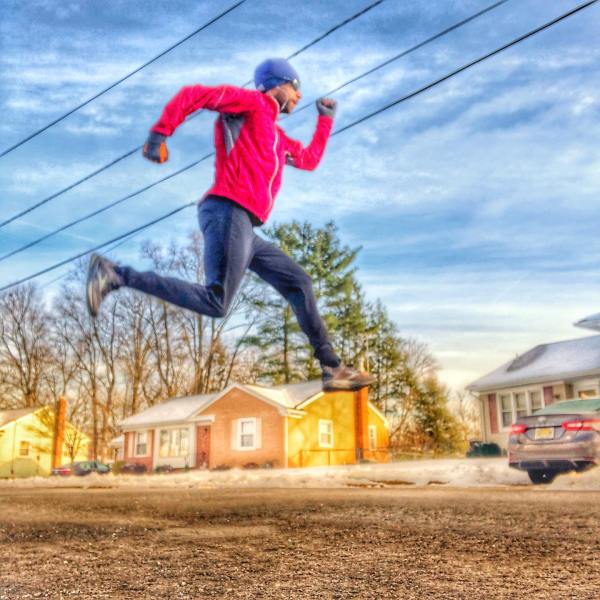


Great post! I’ve trained with a heart rate monitor off and on over the years. I’ve gotten a bit lazy, but now you have me motivated to try again!
LikeLike
I think that once I’m done with marathon training that I would like to start running with a heart rate monitor. There are just so many benefits!
LikeLiked by 1 person
I will probably never invest in a monitor with a chest strap, but I do finally have a watch with HR. Your explanation was really clear — thanks! — I have already begun to play with training in the appropriate zones a bit (but haven’t yet figured out my max HR, so I guess I need to get on that!).
LikeLike
There really are. And monitors really aren’t expensive. The test is a little pricy, but would be worth it
LikeLike
Yes, figuring out your max is important. Once you know your max, then it’s smooth sailing
LikeLiked by 1 person
Yay! Once you know your max, it’s fun to go by effort rather than pace.
LikeLike
I have just started using a heartzones heart rate monitor and learning more about my zones.
LikeLike
So cool. I really enjoyed training based on HR. It kept everything simple and I only had to focus on getting to the zone and staying there.
LikeLike